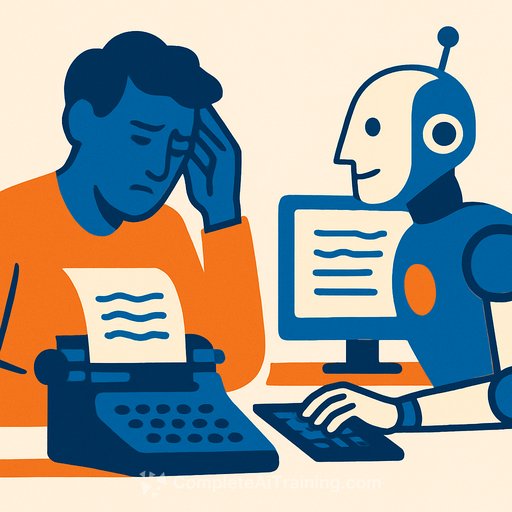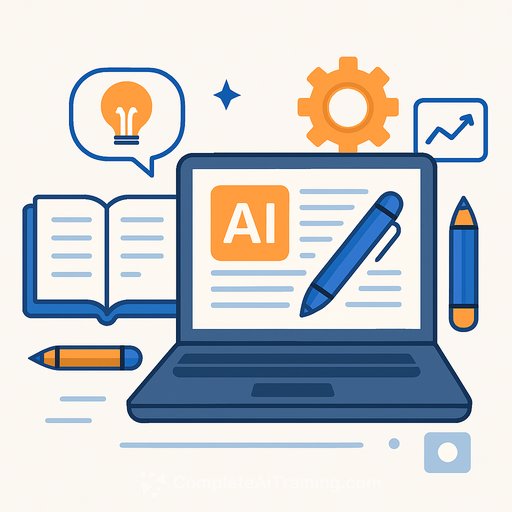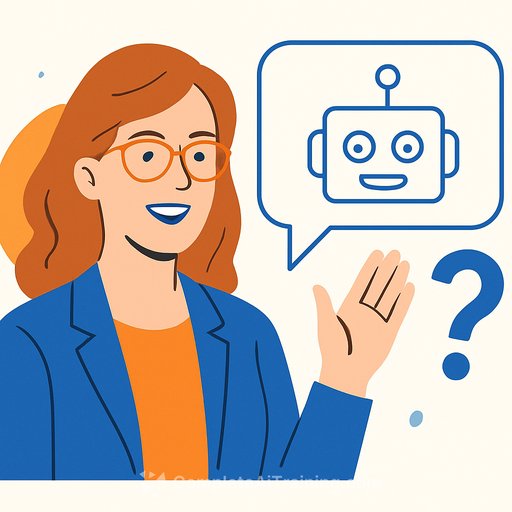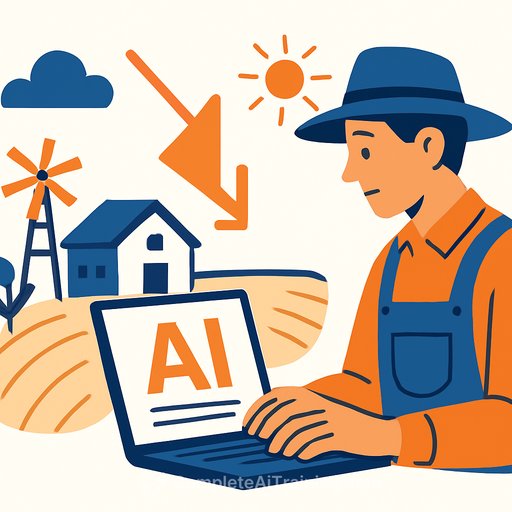What Happens When AI Takes On a Writer’s Job?
Back in late 2022, AI tools like OpenAI’s GPT-3 were already capable of creating decent text, but they still left room for human touch. Asking AI to write a newsletter introduction back then produced some interesting wordplay but ended with the AI admitting, “For now, it’s better to have a human behind the keyboard, hands down.” Fast forward to today, AI models have improved dramatically, with GPT-4.5 and soon GPT-5 claiming to surpass human intelligence in many ways.
One significant change is that modern AI is trained on everything a writer has published online. This allows it to mimic personal writing styles with uncanny accuracy. When asked to generate a newsletter in the style of a particular journalist, the AI produced a piece so close to the original style that it blurred the line between machine and human authorship. This creates a feedback loop where AI learns from human content, then imitates it so well that it becomes tough to tell who actually wrote a piece.
The Strangeness of AI Mimicking Writers
There’s a strange feeling watching a machine step into your stylistic shoes. Is it flattering or unsettling? Maybe both. Writers are now facing the reality that AI can replicate their voice and tone, sometimes better than they can themselves. Yet, many are not worried about being replaced—at least not just yet.
What’s more concerning is the gradual erosion of originality online. Some journalists already use AI to draft basic stories in their style, which then feed back into AI training data, increasing the risk of repetitive, error-prone content saturating the internet. Oddly enough, spotting human errors like typos has become a sign that an article was genuinely written by a person.
Data Running Dry: The “Peak Data” Problem
AI depends on vast amounts of human-generated content for training. But studies show that AI-generated text is flooding fields like academia, leading to homogenized writing that recycles the same phrases and ideas. This can hinder innovation and deepen citation biases.
With fewer new human-written materials available, experts warn we may be reaching “peak data,” a point where training data runs low. This could cause AI development to stall or push companies to rely increasingly on AI-made content to train new models. The risk? Machines learning from their own mistakes, amplifying errors and biases.
Elon Musk has voiced concerns about this, noting that AI training data now includes humanity’s worst moments, making it a double-edged sword.
AI and the Future of Jobs
By 2030, AI is predicted to automate up to 80% of high-value jobs, including many roles in writing, reporting, and analysis. While some see this as an opportunity to boost productivity and free up time, others warn of mass unemployment and social unrest.
Experts suggest we could face a world where many people compete over shrinking opportunities despite overall wealth. The pace of AI advances is accelerating, meaning these shifts could happen faster than expected.
Living with AI Tools as a Writer
AI is already integrated into everyday writing tools, offering suggestions, finishing sentences, and tweaking phrasing. Writers often find themselves editing AI-generated text and vice versa. This blending of human and machine input raises questions about authorship and creativity.
Sometimes it’s hard to tell if a sentence came from a human mind or an algorithm trained on that person’s work. This blur is both fascinating and unsettling.
Who’s Reading What AI Writes?
It’s not just writers replaced by AI—readers are too. Over half of web traffic is now bots, artificially inflating engagement numbers and skewing what content gets attention. This “human cultural replacement” risks devaluing genuine reader interaction and undermines the economics of online publishing.
For writers, this means the words they carefully craft might primarily reach machines rather than humans, complicating the purpose and impact of their work.
Where Do We Go From Here?
Every word written today feeds back into training data for future AI. The cycle tightens, raising a choice: resist AI, collaborate with it, or fade into the digital noise. The answer isn’t clear yet, but writers will need to adapt thoughtfully.
For those looking to understand AI’s impact on writing and learn practical skills to work alongside these tools, resources like Complete AI Training’s courses for writers can offer guidance on staying relevant and effective in a changing landscape.
Your membership also unlocks:






